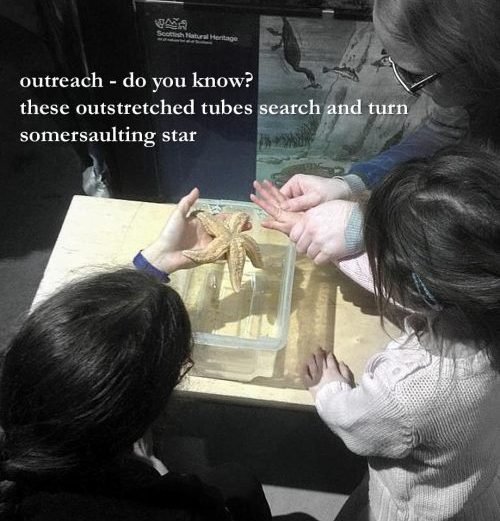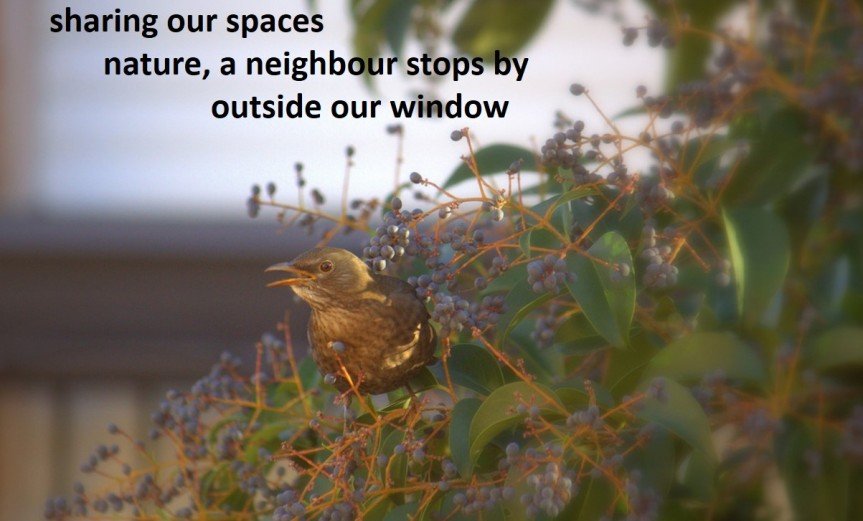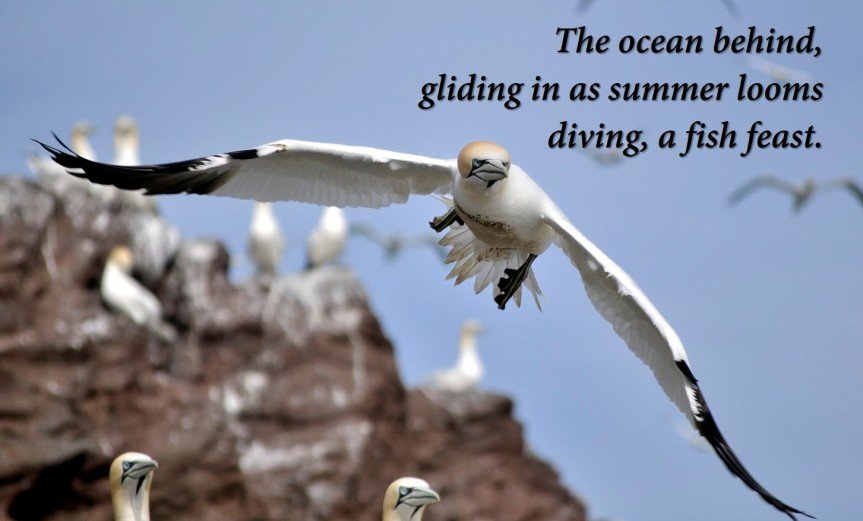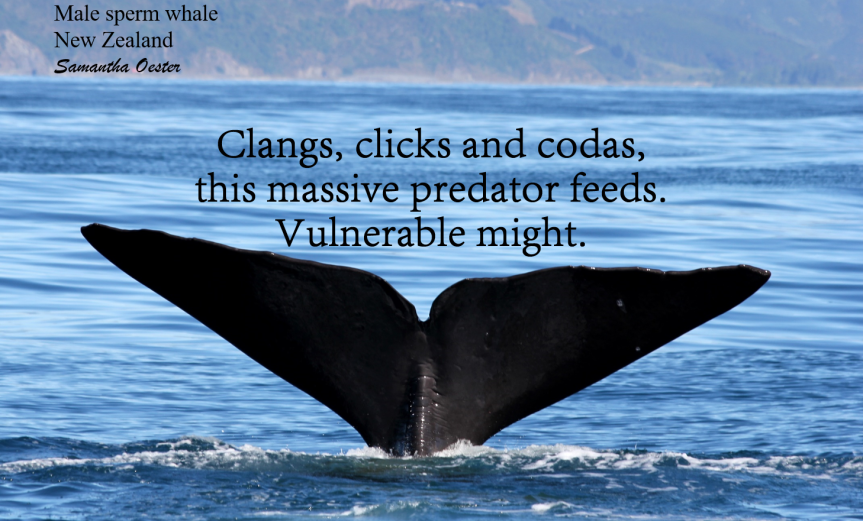
A bioindicator is a species that helps scientists and environmental managers infer the quality of its habitat. Bioindicators can be plants, birds, reptiles, mammals—any species that is sensitive to certain changes or factors in the environment. Commonly, aquatic macroinvertebrates are used as bioindicators for waterways,…
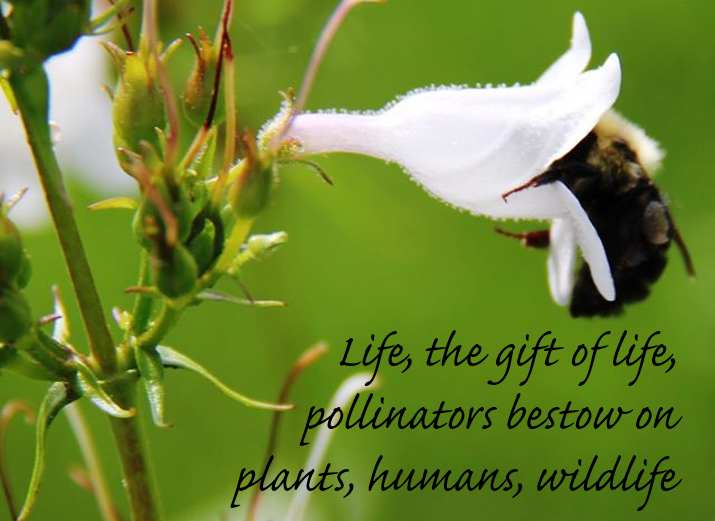
Many flowering plants cannot reproduce without pollen deposited by foraging animal pollinators. Ecosystems, wildlife, and people benefit substantially from the work of these animals. They maintain plant biodiversity, play important parts in food webs, and contribute to oxygen production and carbon sequestration by aiding plant…

Pronghorns (Antilocapra americana) are even-toed ungulates (hoofed mammals), also known as artiodactyls. They can be found in western and central North America. Their historical range included parts of Mexico and Canada, but they mostly reside in the United States today. Pronghorns are the fastest land…



